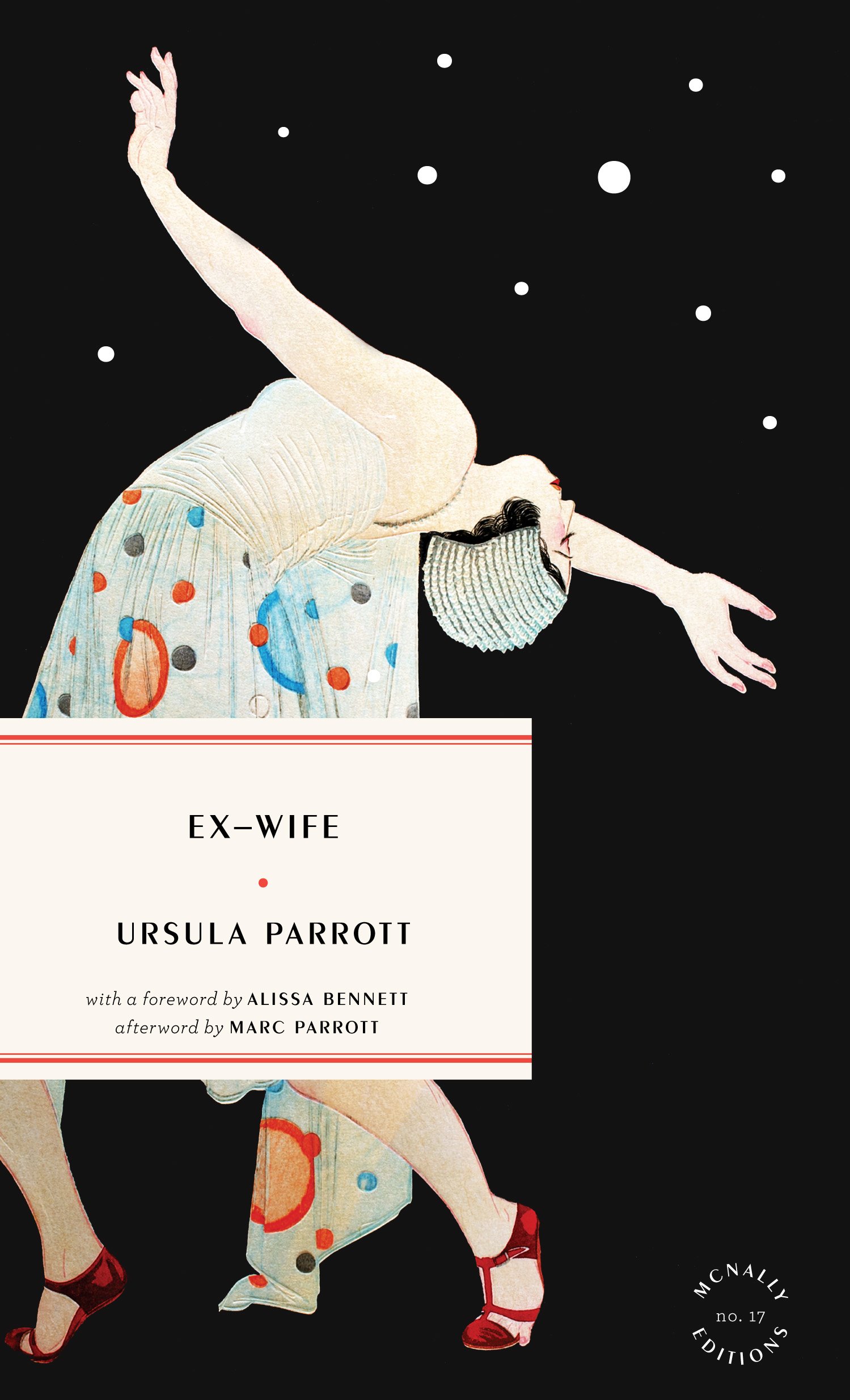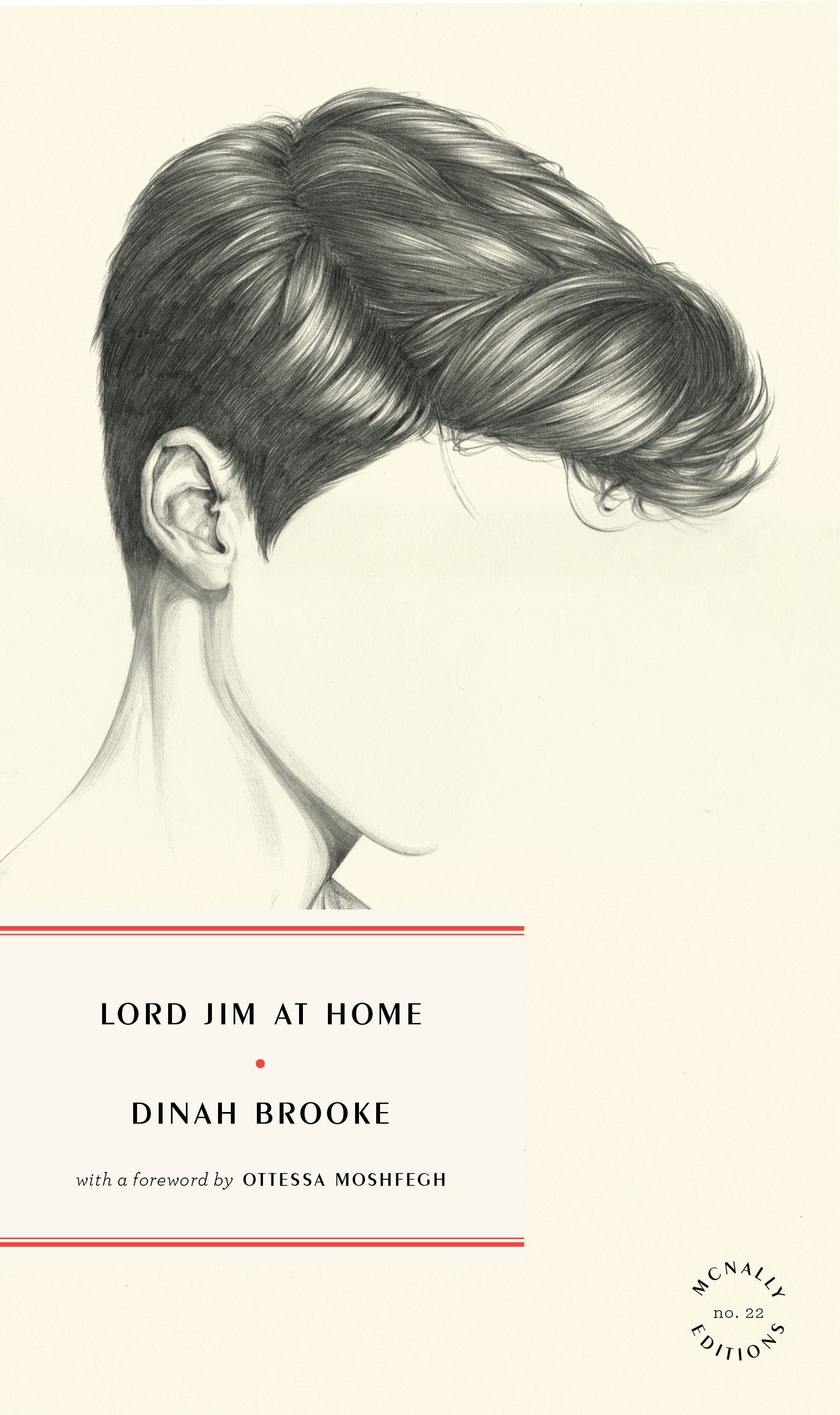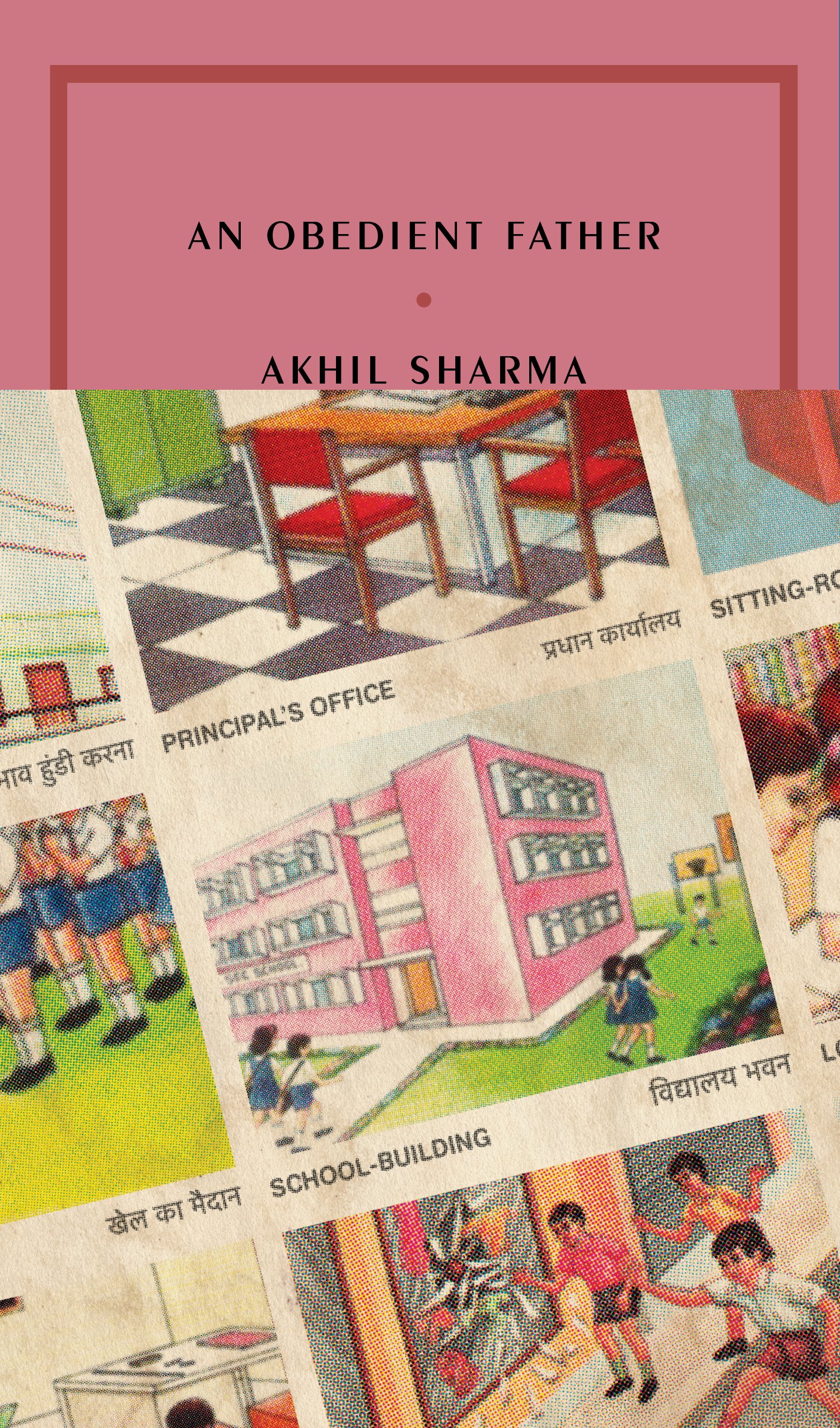Meet the Archive Moles
There’s a growing band of people digging through library stacks and second-hand bookshops in search of lost classics. I’m one of them.
By Lucy Scholes
Originally published in Prospect Magazine
“The Virago Modern Classics are not finished, and never will be,” Carmen Callil, founder of Virago Press, wrote in the Guardian in 2008. “They remain as a testament to a group of very energetic, devoted young women, to bad typewriters, often illegible handwriting, and long hours of deeply non-unionised work, reading and research.” Like many bookworms, I’ve long considered the instantly recognisable green spines of the imprint as a stamp of excellence. Over the years, they’ve been my gateway to many authors whose books I now count among my favourites.
As Callil points out, though, achieving this sort of reputation takes a lot of hard work, and I’m beginning to learn this first-hand. Four years ago, I began writing “Re-Covered”, a monthly column for the Paris Review website about books that are out of print or forgotten but that shouldn’t be. And two years ago I started work as an editor at McNally Editions, the publishing imprint of the New York City-based independent bookstore chain McNally Jackson. We launched early last year and like to describe the books that we publish as hidden gems; titles that are not widely known but have stood the test of time, remaining as singular and engaging as when they were first written.
Those “long hours” of reading and research that Callil describes dominate my working life. I’m clinically incapable of passing a second-hand bookshop—or a charity shop with a single shelf of sad-looking, dog-eared paperbacks—without diving in for a quick scan of the spines. “How do you know what you’re looking for?” someone asked me recently. Certain, now-long-defunct imprints, those I’ve come to associate with a particular quality of writing, or an editor whose taste was second to none. An author’s name that doesn’t ring a bell. Or one that does. Elizabeth Mavor, for example, whose enchanting, eccentric fourth novel, A Green Equinox—the story of an antiquarian book dealer named Hero Kinoull, who first falls in love with her married lover’s wife, and then his mother—was shortlisted for the Booker prize in 1973 but had been long out of print by the time I gleefully found a copy. I’d been looking for a while, especially as the handful for sale online were priced at three figures. (Incidentally, if your interest is piqued but your pockets aren’t deep, don’t despair. McNally Editions is re-issuing it later this year.)
Most of the time, my work feels more like that of a detective than an editor. Falling down endless online rabbit holes is an occupational hazard. I read old reviews in digitised newspaper archives, and trawl obituaries, looking for interesting titbits. Internet Archive—the non-profit digital library that houses millions of books—is an indispensable resource, not least because so many of the titles it holds can’t be easily found IRL. But none of this would work without access to various bricks-and-mortar collections, especially the London Library. You’ll find me in the stacks, rootling out books that—as revealed by the stampings inside—no one’s read since the 1980s, or earlier.
Faber’s classics and heritage editor Ella Griffiths’s playful description of herself as an “archive mole” feels spot on. Our endeavours might be dusty, but it’s easy to become addicted to the thrill of the chase, which is made all the more exciting because serendipity plays such a pivotal role. Griffiths was browsing the shelves of Faber’s in-house archive when her eye was caught by the striking post-apocalyptic cover of their original English-language edition of Termush, Danish author and playwright Sven Holm’s 1969 dystopian novella. She’s now reissuing the book under the new Faber Editions series—which spotlights radical rediscovered voices from history—this May.
Meanwhile, Becky Brown, a specialist literary estates agent in Curtis Brown’s heritage division, trusts the critical judgement of a familiar—if somewhat unexpected—name: the modernist novelist Elizabeth Bowen, who reviewed a surprisingly eclectic range of books for Tatler in the 1940s and 1950s. “I often find that someone who met with her approval, and who I haven’t heard of before, proves to be a decent lead,” Brown explains. “A lot of my early process is very human-orientated—if I like a writer, who were the writers that they read and corresponded with? I find that travelling in the wake of their tastes is often a fascinating and fruitful journey.”
Most of the time, my work feels more like that of a detective than an editor
Brad Bigelow, the curator of the longstanding Neglected Books website and recently appointed editor of Boiler House Press’s new Recovered Books series, is another whose hunting is led heavily by kismet. “Often, I get interested in a book because I’m looking into another one,” he tells me. “The old practice of the TLS and other papers of reviewing three to six novels in one piece is a boon for this kind of exploration.” Though he’s quick to point out that these write-ups don’t necessarily have to be glowing: he first became interested in the British poet and novelist Rosemary Tonks, for example, when he came across an old review that described her as having “A decorative style but it’s all parsley”.
Similarly, roughly three years ago, I stumbled upon a character assassination of an obituary for the English writer and editor Kay Dick, describing her as “a talented woman bedevilled by ingratitude and a kind of manic desire to avenge totally imaginary wrongs,” who “expended far more energy in pursuing personal vendettas and romantic lesbian friendships than in writing books”. I promptly hared off to the London Library and found Dick’s extraordinary 1977 novel They: A Sequence of Unease. From the opening page, I knew I had something special in my hands. Set in a dystopian version of then contemporary Britain, bands of violent reactionaries roam the country, punishing intellectual and cultural outliers who refuse to obey this terrifying mob rule. I wrote about it in my column that summer; when I joined McNally Editions only a few months later, it was the first book I acquired.
Coincidentally, shortly after my column was published, Brown independently came across a copy of the novel in the Oxfam bookshop in Bath and was as instantly taken with it as I’d been. She put her particular set of skills to good use, and tracked down Dick’s literary executors and signed up the estate. To date, the novel’s been sold in nine territories globally and its new fans include Lauren Groff, Claire-Louise Bennett and Margaret Atwood. “It’s incredibly unusual to find a book this good that has been this profoundly forgotten,” Brown told the New Yorker’s Sam Knight last year, in an article about Kay Dick’s rediscovery. “That almost never happens.” She’s right.
There are myriad reasons why some books fall out of print while others remain in the spotlight. Genius, it rather depressingly turns out, is no guarantee of longevity, nor is one-time notoriety. Just take some of the books McNally Editions is reissuing this year. There’s Alston Anderson’s Lover Man, an old copy of which one of my colleagues plucked off the shelves of the New York Society Library, enticed by the rarity of the author’s first name. He discovered a striking collection of stories exploring the hidden lives of black men and boys in the Jim Crow South, written by a cosmopolitan black American author whose friendship with Robert Graves helped bring about the volume’s original publication—here in the UK—back in 1958. Another colleague was at a library sale in upstate New York and picked up Ursula Parrott’s Ex-Wife, her paean to the life of the single woman in Jazz Age Manhattan—or as she put it, “the era of the one-night-stand”. This is a novel that feels so strikingly modern that, when I first read it, I assumed it was a well-researched period piece. But no, Parrott published it—initially anonymously, for fear of scandal—in 1929.
Later in the year, we’re also publishing Dinah Brooke’s lost 1973 gut-punch of a novel, Lord Jim at Home, the story of a man who grows up in an atmosphere of privilege and hidden violence, goes to war, returns and then, one day—like the hero of Joseph Conrad’s novel—commits an act that calls his past, his character and his whole world into question. This was a book that I made my way to after reading a remarkable essay by Brooke in an old Virago anthology, Fathers: Reflections by Daughters (1983), which I found in a second-hand bookshop in Primrose Hill. (Like I said, you can’t go wrong with an old Virago.) As a young wife and mother in the early 1970s, Brooke published four novels, after which she became an ardent feminist, got divorced, and turned her house into a commune. She then moved to India to live in an ashram. (This accounts, at least in part, for her novels having fallen off the radar.) As such, the task of tracking her down proved more daunting than usual, so imagine my surprise when our sleuthing revealed that she wasn’t just alive and well but living only a few streets away from me, in north London.
This certainly isn’t typical. Although I’ve got to know various agents, executors and relatives of the authors whose work I’ve either written about or had a hand in reissuing, the opportunities to form relationships with the authors themselves are few and far between. Commissioning the various forewords and afterwords that accompany some of our titles goes some way to scratching this itch—Ottessa Moshfegh has written a brilliant introduction for Lord Jim at Home. She and Brooke are worlds apart in terms of their age, nationality and life experience, yet they both have an intrinsic understanding of the potential for violence in ordinary, everyday life.
But there’s rarely any opportunity to shape the main text—and, believe me, this can be frustrating. My colleagues and I have had many conversations about a book we’d be dying to publish, if only we could change the ending, cut a rambling middle section, or work on a particular character’s development. When you come across a novel like They, Lover Man or Lord Jim at Home, all your hard work feels as though it’s paid off. But behind every book we do publish, there’s 10 or even 20 others that we’ve decided aren’t quite right.
(Though McNally Editions’s publication of a significantly revised version of the Folio prize-winning writer Akhil Sharma’s first novel, An Obedient Father—work that Sharma undertook after years of being haunted by what he considered were the novel’s shortcomings—proved a notable exception to this rule.)
Curiosity—and a dash of competition—is important, but I’ve come to realise that patience and perseverance are characteristics that serve us backlist editors best. Discovering the book is often only the beginning. Brown regularly finds herself haunting the virtual halls of the UK probate search service, tracking chains of copyright through wills. Then comes the trickiest part: reaching out to the current beneficiaries. “I’ve done just about everything you can think of, whether it’s ringing an estate agent to find out whether they’ve retained an address for someone who moved out eight years ago; direct messages on LinkedIn, Facebook etc; writing speculative letters; contacting university alumni groups; sending sweat-inducing emails saying things like, ‘Excuse me if I’ve got this wrong, but I think you might be the great-niece of someone I’m trying to contact…’”
But faint heart never won forgotten book. When, last year, Griffiths published the first British edition of the American poet Gwendolyn Brooks’s 1953 luminous coming-of-age novel, Maud Martha, it was the culmination of months of extensive discussions with Brooks’s estate. And it took me nearly 18 months of correspondence with family members, solicitors and agents to secure the rights for A Green Equinox.
Kate Macdonald, the founder and editorial director of Handheld Press, enjoys this legwork, but admits it can be frustrating, too. She’s trying to track down the estates of two completely forgotten women writers—“Author A” and “Author B” as she terms them; we all know better than to disclose details of our quarry while the hunt is still on—but is finding herself stymied. “The family of Author A are enthusiastically looking too, as they are delighted that their relation’s book might come back into print,” she told me, “but it seems that A’s will has been lost, and is not showing up in the government probate site, and thus the crucial connection between her literary estate and the family’s title isn’t proved. Maddening for everyone. Author B also seems to have died intestate, and I’m now beginning to wade through her husband’s autobiographical material, and hope to hear from her brother’s descendants, to see if a will is mentioned in his papers.”
As these efforts illustrate, rediscovering a lost book is often a process of reanimating a forgotten life. It’s no coincidence that the increasing success and visibility of backlist publishing over the last few years has corresponded with a broader interest across the industry in recovering the stories, lives and work of previously neglected, ignored, hidden or omitted talent—namely, the voices of women, queer or non-binary individuals, and/or people of colour. One of the most significant consequences of this is that the parameters of what makes a “classic” are evolving—it’s no longer a term synonymous with just the classics.
“What I see as Virago or Persephone’s core market (and indeed Penguin’s and Vintage’s) were classics readers who were looking for books with a critical seal of approval,” says Brown, speaking about the “subtle shift” she’s witnessed in terms of both what readers are looking for and how these books are being presented to them. “Whereas the new iteration of the market is more for treasure seekers; readers who are thinking more about idiosyncrasies, about things that didn’t just pass under the radar on publication but passed under it again in the first generation of reissues.”
Individual taste aside, all of us in this business agree on one thing: we want our books to look both backwards and forwards. “For me,” Griffiths says, “the ideal discovery feels both timely and timeless, speaking with thrilling relevance to contemporary culture while also transcending it.” Macdonald adds that, while she is of course looking for books that are exceptionally well written and of significant historical or cultural importance, they also have to contain something “extra”—“something relevant to today.”
Brown perhaps puts it best when she describes her dream discovery as “something that feels like time travel,” a book that’s many years old yet somehow feels as though it could have been written only yesterday. “You know how in Hieronymus Bosch’s The Garden of Earthly Delights you look at those Perspex-tube-like confections and they make no sense—they’re too strange, too modern—everything tilts on its axis from the world and the history you expect?” she asks. “I want the book version of that, a revelatory voice.”
Lucy Scholes is a critic and editor based in London





